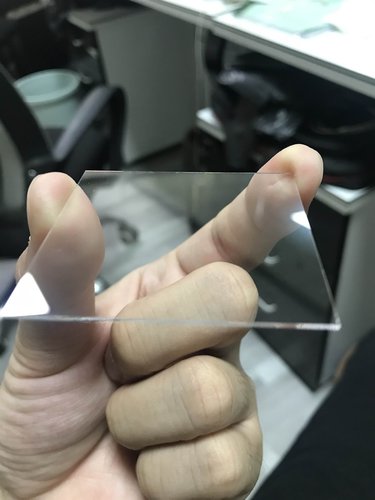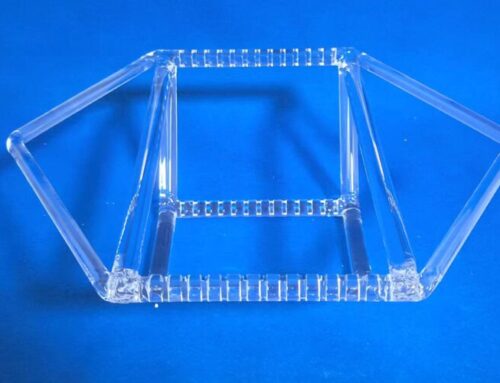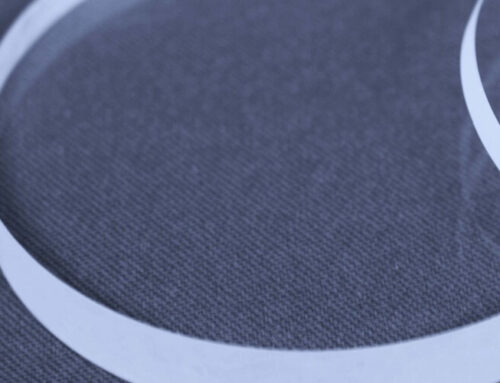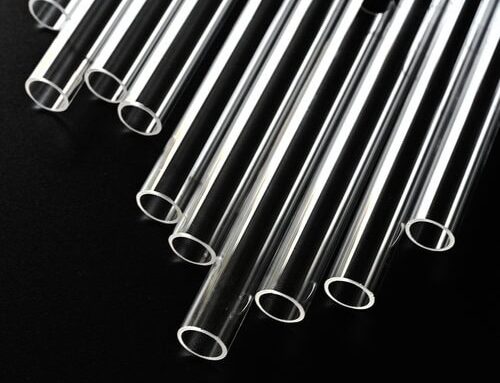Quartz glass plate is characterized by its exceptional resistance to high temperatures, a low coefficient of thermal expansion, remarkable chemical stability, excellent electrical insulation properties, consistent and minimal ultrasonic delay performance, as well as its ability to transmit ultraviolet light alongside visible and near-infrared spectra. Furthermore, quartz glass plate demonstrates superior mechanical properties when compared to ordinary glass. Consequently, it has become an indispensable material in various advanced technologies including aerospace engineering, the atomic energy sector, national defense systems, automation processes, and industries such as semiconductors, metallurgy, chemicals, electric lighting sources, telecommunications, light manufacturing sectors and construction materials. Thus arises the question: how to identify the quality of a quartz glass plate?
How to assess the quality of a quartz glass plate?
- Smell: High-quality quartz glass plates are produced from natural quartz and do not emit any chemical odors. The inferior quality quartz glass plates are manufactured using formaldehyde glue, which emits a particularly pungent odour.
- Observe:The surface of a quartz glass plate of inferior quality may exhibit visible imperfections such as pores and stitching seams. In contrast, a well-processed quartz glass plate will display a smooth and flawless surface free from cracks and scratches. The presence of these defects indicates a lack of quality control during production and a reduced product longevity.
- Cut:When a quartz glass plate of inferior quality is cut, cracks will appear on the surface. Additionally, a pencil knife or key can also be used to test the quality of a quartz glass plate. When scratching the quartz glass plate of poor quality, it will exhibit visible scratches.
Inspection standards of quartz glass
- Common defects of quartz glass
Quartz glass, a widely utilized industrial material, frequently exhibits some defects, such as bubbles, cracks, potholes, etc. Such defects have the potential to impact the quality and service life of quartz glass. Accordingly, in the inspection of quartz glass, it is necessary to pay special attention to these defects.
- Appearance inspection
The objective of the appearance inspection of quartz glass is to ascertain the uniformity and smoothness of the surface, as well as the presence of any cracks, bubbles, fog spots, potholes, or other defects. In the majority of cases, the density, dimensions and shape of these defects should fall within a specified range. If these defects in quartz glass exceed the standard limit, it will be considered to be unqualified.
- Physical propertyinspection
The objective of the physical property inspection of quartz glass is to ascertain its compressive strength, heat resistance, corrosion resistance and other characteristics. Among these properties, compressive strength is a crucial indicator of the quality of quartz glass, necessitating particular consideration during the inspection process. Additionally, quartz glass must undergo heat treatment and chemical corrosion testing to ascertain whether its heat resistance and corrosion resistance conform to the requisite standards.
- Opticalperformance inspection
The primary objective of an optical performance inspection of quartz glass is to ascertain its transparency, bleaching degree, colour difference and other pertinent indicators. These indicators are closely related to the quality of quartz glass. If such indicators of the quartz glass fail to meet the requisite standard, the quartz glass will be unsuitable for use in optical, electronic and other fields.





